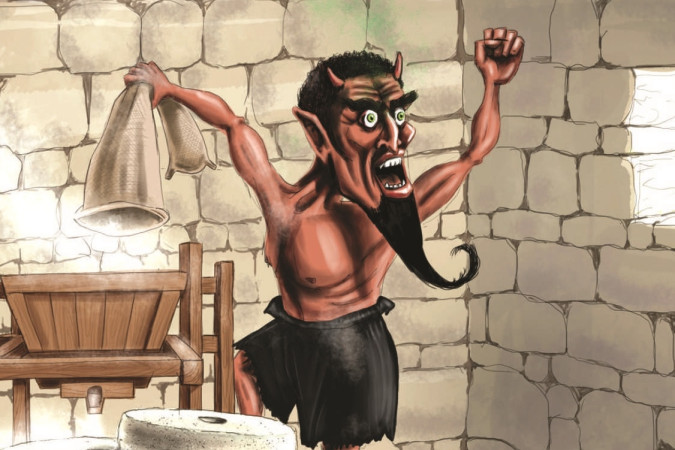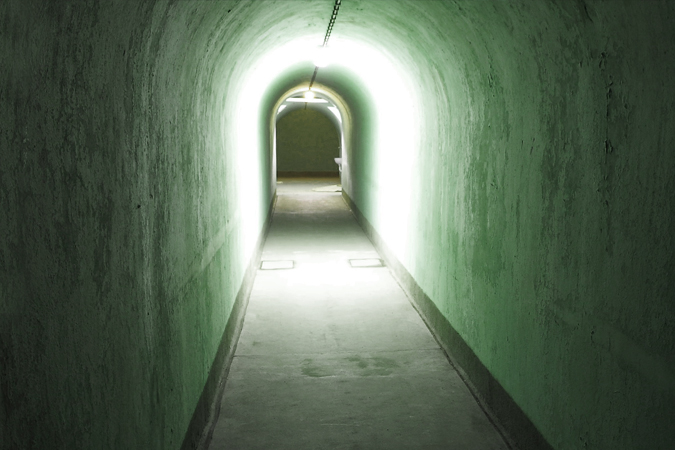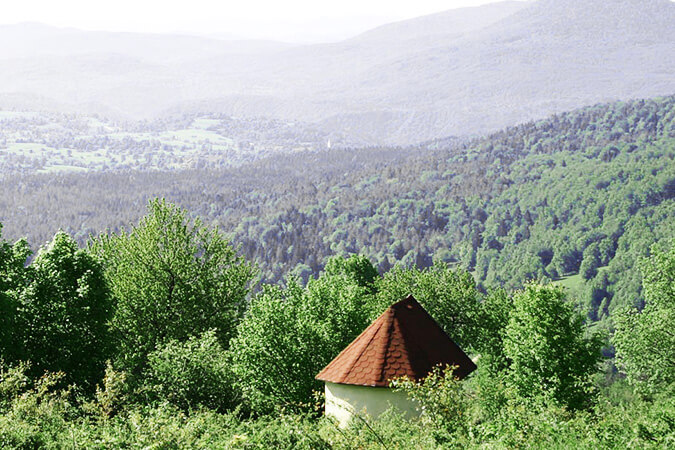The Gottscheers – People Who Speak a Strange, Old-Fashioned Language
The Gottscheers lived in the area of Kočevsko for more than 600 years and developed a unique dialect – Gottscheerish. Get to know where and how they lived, how they provided for themselves and what their fate was.
The Carniolan polyhistorian Janez Vajkard Valvasor regarded them as descendants of the ancient Goths. But today we know that he was wrong. The Gottscheers were settled in Kočevsko only in the 14th century from Upper Carinthia and East Tyrol by the counts of Ortenburg. These estates north of the River Kolpa were given to them into fiefdoms by the patriarchs of Aquileia. In order to benefit from this forested world, where the axe did not sing as much before, it had to be settled and exterminated. And because the Karst land – where the winters are long and the summers are short and there is no abundance of water – didn't draw anyone from the neighbourhood, people were brought from distant places.
The recipe was tested, after all: Kočevsko was not the oldest language island in Slovenia, but it was the largest and it preserved its identity for the longest period of time.
kočevarji
Of course, many questions remain open: were there also the rebellious Frankish and Thuringian peasants among the settlers, as the bishop of Ljubljana, Tomaž Kren, claimed during his days? Or was the studious man who supposedly found such a record in the Diocesan Archives of Škofja Loka, wrong? The only reliable fact is that the people of Kočevsko were later known as the eternal rebels, the "peasant rebels" or "puntarji" and that until World War II they maintained their linguistic idiom, the Gottscheerisch, which seemed ancient and difficult to understand even to Valvasor's contemporaries. The Gottscheerisch Attain and Ammain, of course, have little in common with Vater and Mutter, as (almost) every German child would call his father and mother. With the terms Beppmschpinnoch, Bippar and Gavret, however, many would probably scratch their heads even on the shady side of the Alps. They mean, by the way, a cobweb, a widower and a problem.
If life in the region of Kočevsko was not easy in itself because of its natural features, then Turkish invasions from the middle of the 15th century made it ever tougher. Emperor Frederick III came to their aid by granting them town privileges, which were granted to Kočevje in 1471, and two decades later the same ruler allowed the Gottscheers and the people of Ribnica to trade their products. This is how the pedlar tradition developed, which made the Gottscheers famous throughout a large part of Europe before World War II. In the Austrian monarchy, they had almost a monopoly on the southern fruit trade, and later they were known for selling small items and for the raffle they took from shop to shop, to fairgrounds and streets.
Kočevarji 2
However, by the end of the 19th century, many locals no longer saw any prospects in Kočevsko, and mass emigration began like nowhere else in present-day Slovenia. The first villages became extinct before the fatal gunshots fired by Gavrilo Princip on Crown Prince Franz Ferdinand and his wife in Sarajevo. World War II was finally over: at Hitler's command, people had to move "home to the Reich" after six centuries under the slopes of the hills of Kočevsko, which in fact meant the occupied Posotelje and Posavje regions in particular.
kočevarji 3
People had to move "home to the Reich" after six centuries under the slopes of the hills of Kočevsko, which in fact meant the occupied Posotelje and Posavje regions in particular.
At the end of the war, which many did not survive, they were scattered all over the world and on almost every continent. The post-war period has also not been kind to many of those who remained. Many were banished and many got a Slovenian name and surname. Even individual places could not avoid the name change. The name Handler became Primož, Verdreng became Podlesje etc. Today, you only hear Gottscheerish in the Kočevsko region exceptionally, and in the whirlwinds of time, the vast majority of villages, sacral objects and other material and intangible heritage of the Gottscheers have disappeared. Not only the forest, the memory is overgrown with forgetfulness…




